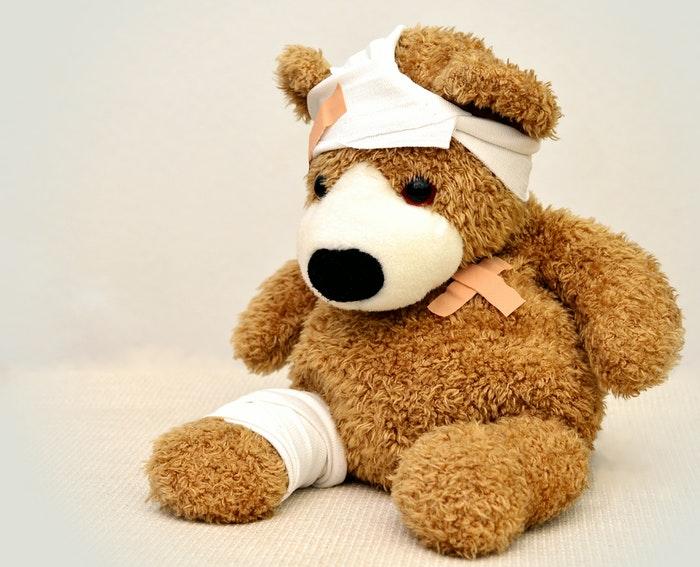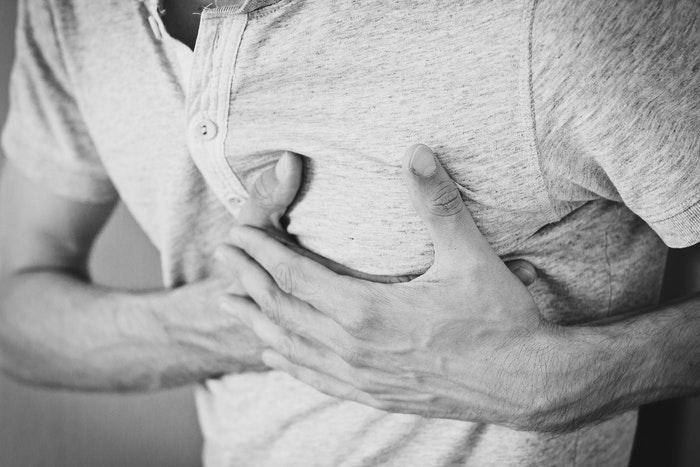
Injuries and other medical emergencies can happen so suddenly that you barely have time to react. And when you do react, it’s not uncommon for panic to settle in immediately upon realizing what’s going on. However, panicking won’t help the troubled person at all, while your own first aid might make a huge difference, sometimes even between life and death. That said, it’s always a good idea to know something about the most common medical emergencies and how to deal with them properly before the professionals take over. As a side note, experts recommend enrolling in a first aid course Calgary to learn how to deal with emergencies at home and keep your loved ones safe.
1. Getting a Burn
Everyone has experienced burns in their life, but if the burned area is heavily affected, all red and blistery, medical assistance is most definitely needed. But, before you take someone to the hospital to have the burn treated, you can ease the situation by gently cleaning the skin with water and covering the burnt area with a dry dressing or some other type of lint; just make sure it’s clean. The key here is not to remove clothes even if the garment is also burnt or stuck to the skin. Cover up the wound over the clothes and head straight to the hospital. Don’t apply any lotions or alcohol.

2. Heart Attack
Heart attack and chest pain in general are obviously very serious conditions. It’s paramount that you remain calm and collected in this situation so that you can call for help immediately and then proceed to administer first aid while waiting for the ambulance. Make sure that the patient is comfortably positioned. In case there are breathing troubles, perform hands-on CPR. An aspirin tablet could prove effective to stabilize the situation for a while as well. All of this might seem too scary and confusing, but you can always take an ACLS course and training so that you know exactly what to do in these kinds of situations.
3. Heat Stroke
Heat stroke can be very dangerous, especially for the elderly. In case the person experiences a heat stroke, make sure to move them away from the heat to a shaded area. Also, take off any excess garments as soon as possible. Your job is to try and cool the patient as much as possible before the ambulance gets there. If possible, use a damp cloth to gradually cool the skin. If this happens to be at your own home, proceed to take the patient to the bathtub so you can soak them in water completely. If it’s too difficult to move them, you can also use the garden hose to spray them with cool water. Once they come round, make sure they get some water to drink as well.
4. Deep Cuts
In case someone suffers from a major cut that clearly needs stitches, you have to immobilize the wound before taking them to the hospital. Make sure to elevate the area that’s bleeding and clean it gently without removing clots. If there are foreign objects in the wound that you can get out easily, proceed to do so. But, in case it’s difficult to remove them or if they’re wedged deep, don’t bother and leave it to the professional. Bandage the wound by applying pressure to stop the bleeding before going to the hospital. If the foreign object remained in the wound, use pads around it to prevent pressure from the dressing from pushing it deeper.

5. Broken Bones
If you suspect that someone has suffered a fracture, it’s imperative that you immobilize and stabilize the area so that you can safely move them to get help. It all depends on the type, location, and severity of the fracture, but if the person can move even with pain, position them comfortably first and then proceed to stabilize the fractured area with splints and bandages.
Keep in mind that dressing should never go over the fractured spot – it goes around it to prevent further movement and injuries. If the person can’t move, you have to find adequate support for the fractured area before relocating them. You should not attempt to remove the person’s clothing unless there’s an open wound that needs to be cleaned as well. In this case, you’ll have to cut through the garment.
6. Choking Hazard
If someone’s choking, you have to react very quickly and perform the so-called Heimlich maneuver that focuses on abdominal thrusts. Essentially, hug the person from behind and bend their head and shoulders forward. Close your hands right around their diaphragm and push to induce abdominal thrusts and vomiting so that they can spit out the item that’s caused them to choke in the first place. If the person choking is a very small child, hold them upside down and pat hard on their back right between the shoulder blades.
You never know what life may throw at you, but it’s always better to be prepared. If you can help someone ease their pain or even save a life simply by learning more about first aid steps for common medical emergencies, the effort is most certainly well worth it.
Leave a Reply